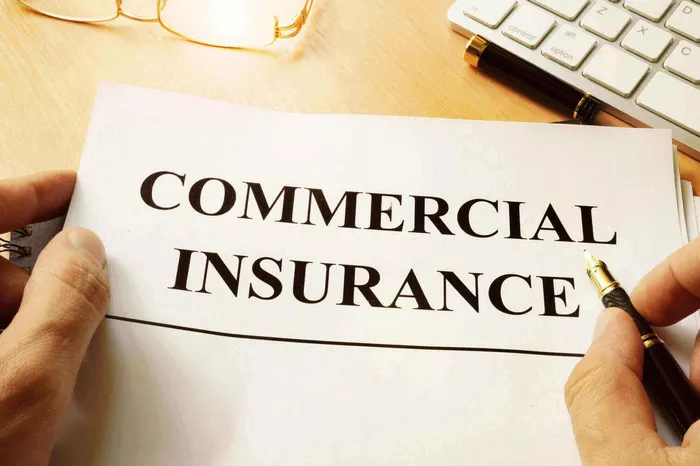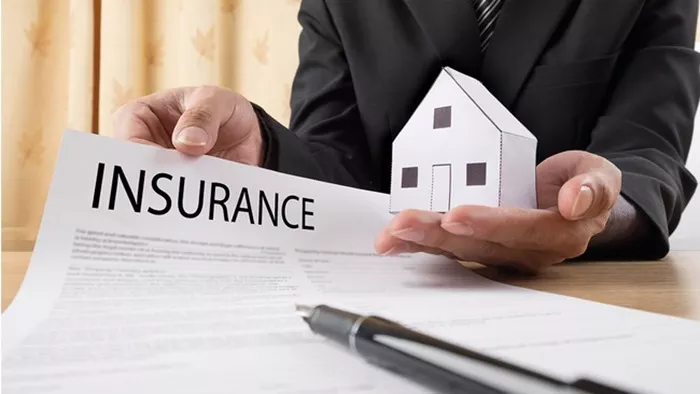When it comes to protecting your belongings, personal property insurance is an essential tool for homeowners, renters, and even some business owners. But what exactly does personal property insurance cover? Is it just your furniture, or does it extend to other items like electronics, clothing, or collectibles?
In this article, we will dive deep into what personal property insurance covers, who needs it, and how to make sure your belongings are adequately protected. We’ll break down everything in easy-to-understand language, so by the end, you’ll have a clear understanding of how this type of insurance works and how it can benefit you.
What Is Personal Property Insurance?
Personal property insurance is a type of coverage that protects your belongings in the event of a covered loss, such as theft, fire, or vandalism. It’s often included in a homeowners or renters insurance policy and can cover a wide range of personal items, both inside and outside your home.
Whether you’re renting an apartment, owning a house, or even traveling with valuable items, personal property insurance can provide the protection you need to replace your lost or damaged belongings. This coverage is typically offered in actual cash value or replacement cost options, each offering different levels of compensation for your lost items.
1. Actual Cash Value vs. Replacement Cost
The key difference between actual cash value and replacement cost is how your loss is compensated:
Actual Cash Value (ACV): This option reimburses you for the item’s value at the time it was lost or damaged, factoring in depreciation.
Replacement Cost: This option reimburses you for the cost of replacing the item with a new one of similar kind and quality, without factoring in depreciation.
What Does Personal Property Insurance Cover?
Now, let’s get into the heart of the matter—what exactly does personal property insurance cover? Here are the key items and situations that are typically included under this type of coverage:
1. Furniture and Household Items
One of the primary types of property covered is your furniture, including couches, tables, chairs, beds, and other major household items. If your furniture is damaged or destroyed in an event like a fire or flood, personal property insurance can help cover the cost of replacing it.
This coverage extends not just to furniture, but to various household items like lamps, bookshelves, rugs, and curtains. If these items are damaged in a covered incident, you can expect to be reimbursed.
2. Electronics and Appliances
Most electronics—such as televisions, computers, smartphones, and gaming systems—are covered by personal property insurance, as long as they are listed as personal items in your policy. If your electronics are damaged due to fire, theft, or another covered event, the insurance will cover their replacement or repair costs.
The same applies to household appliances, such as refrigerators, microwaves, washing machines, and dryers. However, keep in mind that certain high-end appliances might require specific endorsements or additional coverage due to their value.
3. Clothing
Personal property insurance also covers your clothing—from everyday attire to more expensive items such as coats, shoes, and accessories. Whether your clothes are destroyed in a fire or stolen during a break-in, your policy can reimburse you for the replacement costs, depending on your coverage.
4. Jewelry and Collectibles
Valuables like jewelry, watches, and collectibles (e.g., coins, art, or rare books) are typically covered under personal property insurance, but there may be limits. Most standard policies place a cap on how much they will reimburse for these items, which may not be enough to cover their full value.
If you own particularly valuable items, such as a high-end piece of jewelry, you might need to add a personal articles floater or scheduled personal property endorsement to your policy. This endorsement provides additional coverage for high-value items, protecting them against loss, theft, or damage.
5. Sports Equipment
Your sports equipment, including bicycles, golf clubs, skis, and even exercise machines, is usually covered under personal property insurance. If these items are damaged in an accident or stolen, you can expect coverage under your policy. However, some high-cost items may require additional coverage to ensure full protection.
6. Personal Documents and Records
Important documents, such as passports, birth certificates, tax records, and financial records, may be covered under your personal property insurance policy. While the coverage might not be as extensive as for other personal items, it can help replace these crucial documents in case of damage or theft.
7. Personal Property Outside the Home
One of the important aspects of personal property insurance is that it doesn’t only cover items inside your home. Many policies extend coverage to your personal property outside your home as well. For example:
Items in your car: If your laptop is stolen from your vehicle or your bicycle is damaged while traveling, personal property insurance can help replace those items.
Travel-related losses: If your luggage is lost or stolen while on vacation, personal property insurance may cover the replacement of your personal items.
Property at a friend’s house: If you lend an item to a friend, and it’s damaged while in their possession, it may still be covered under your policy.
8. Temporary Housing Costs
While not typically part of personal property insurance, some homeowners or renters insurance policies include loss of use coverage, which can help with the costs of temporary housing. If your home becomes uninhabitable due to a covered loss (such as a fire or natural disaster), this coverage can help pay for hotel stays, meals, and other living expenses.
What Is Not Covered Under Personal Property Insurance?
While personal property insurance offers broad protection, it’s important to understand the limitations and exclusions of your policy. Here are some things typically not covered by personal property insurance:
1. Flood Damage
Flood damage is one of the most common exclusions in personal property insurance policies. If your home or belongings are damaged by flooding, such as from a heavy rainstorm or rising water, this damage will likely not be covered under standard personal property insurance. However, you can purchase separate flood insurance for this coverage.
2. Earthquake Damage
Like flood damage, earthquake damage is not typically covered under personal property insurance. If you live in an area prone to earthquakes, you may need to buy additional earthquake coverage to protect your belongings in case of a tremor.
3. Wear and Tear
Normal wear and tear is not covered under personal property insurance. If your furniture or electronics break down simply due to age or regular use, your policy will not cover the repair or replacement costs.
4. Damage Due to Negligence
If your belongings are damaged as a result of negligence, such as leaving an item in a dangerous location or failing to maintain it properly, your personal property insurance may not cover the loss.
5. Business Property
If you use your personal items for business purposes, those items might not be covered by personal property insurance. For example, if you use your computer for both personal and business tasks and it is damaged, your policy may not cover the loss. You may need business property insurance or an endorsement to cover business-related property.
How Can You Maximize Personal Property Insurance Coverage?
To ensure you are getting the most out of your personal property insurance, consider the following steps:
1. Create an Inventory
Keep a detailed inventory of your personal belongings, including photographs, receipts, and descriptions. This can help you prove the value of your items if you ever need to file a claim. Many insurance companies offer tools or apps to help you track your inventory.
2. Increase Coverage for High-Value Items
If you own valuable items like jewelry, artwork, or collectibles, consider adding a scheduled personal property endorsement to your policy. This will increase the coverage limit for these high-value items and ensure they are fully protected.
3. Review Your Policy Regularly
Your needs may change over time, so it’s important to review your policy regularly to ensure it still provides adequate coverage. If you acquire new valuable items or make significant changes to your property, updating your policy can help prevent gaps in coverage.
Conclusion
Personal property insurance is an important safety net that helps protect your belongings from damage, theft, and other covered events. From furniture and electronics to jewelry and sports equipment, this coverage can help you recover the cost of replacing your personal property in a variety of situations. However, it’s essential to understand what is covered and what is not, as well as to take steps to maximize your coverage for high-value items.
By understanding the scope of your personal property insurance and ensuring it is tailored to your needs, you can rest easy knowing that your belongings are well protected.
Related Topics:
What is Professional Liability Insurance and Why Do You Need It?
What Does a Professional Liability Policy Cover?
What’s the Best Liability Insurance for Nurse Practitioners?




















